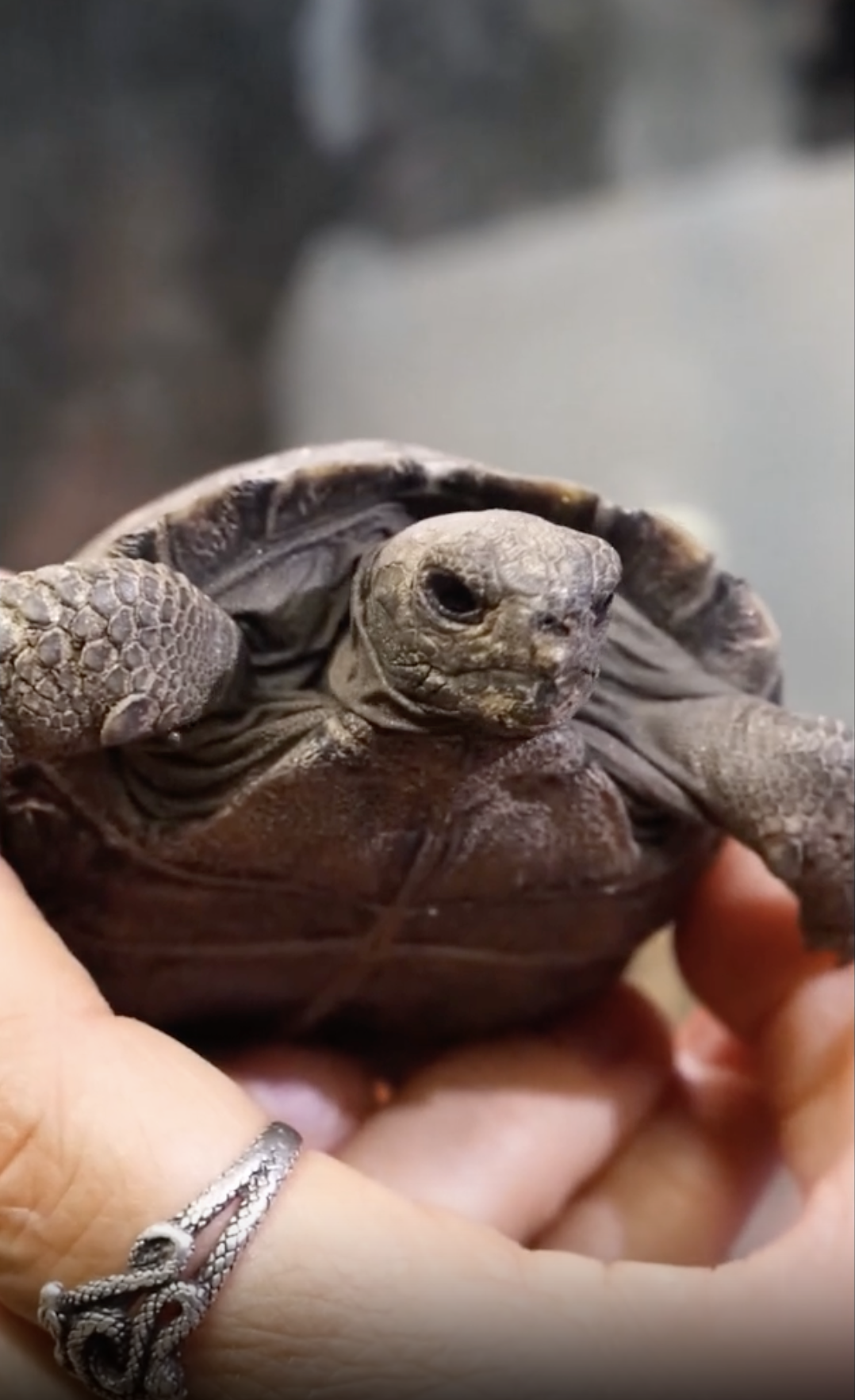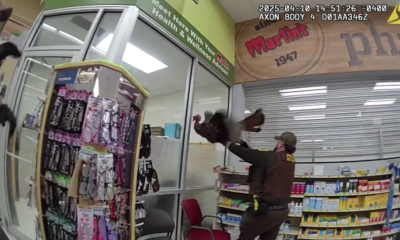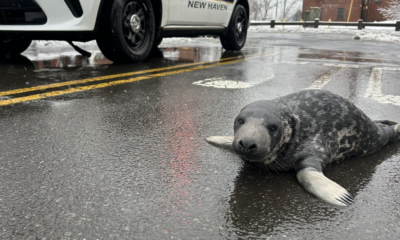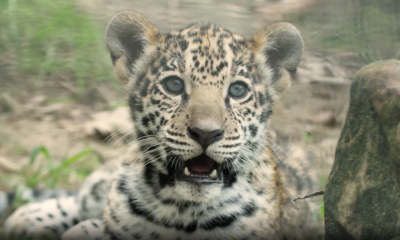-

 Celebrity News2 days ago
Celebrity News2 days agoWarren Beatty and Annette Bening Keep a Watchful Eye as Hugh Jackman Grows Close to Their Rising Star Daughter
-

 Celebrity News2 days ago
Celebrity News2 days agoJennifer Garner’s Fiancé Reportedly Bans Ben Affleck From Attending Their Summer Wedding
-

 Celebrity News2 days ago
Celebrity News2 days agoJustin Timberlake and Jessica Biel’s Marriage Reportedly Hanging by a Thread Amid Tour Drama and Trust Issues
-

 Celebrity News2 days ago
Celebrity News2 days agoKaty Perry Roars Over Fall From Grace And Blames ‘American Idol’ For Ruining Her Reputation
-

 Celebrity News2 days ago
Celebrity News2 days agoJohn Mellencamp Leans On Meg Ryan Amid Daughter Teddi’s Cancer Battle
-

 Celebrity News1 day ago
Celebrity News1 day agoJohn Oliver In Panic Mode After Ex Producer Threatens to Expose Alleged Toxic Workplace Environment
-

 Celebrity News1 day ago
Celebrity News1 day agoThis Week’s News Roundup: Hosting Shockers, Sad Farewells and a ‘Pretty Woman’ Sequel
-

 Celebrity News1 day ago
Celebrity News1 day agoAlec Baldwin’s Career Panic After Losing ‘Match Game’ Gig to Martin Short and ‘Rust ‘Struggles
-

 Celebrity News1 day ago
Celebrity News1 day ago‘RHOM’ Star Larsa Pippen Reveals Bitter End of Romance With Marcus Jordan, Find Out More
-

 Celebrity News1 day ago
Celebrity News1 day ago‘Sopranos’ Alum Joe Pantoliano Eyeing Move Outside the U.S. Amid ‘Uncomfortable’ State of Country
-

 Celebrity News3 hours ago
Celebrity News3 hours agoA$AP Rocky Admits He Steals Rihanna’s Clothes: ‘I Want To Be a Catalyst for Daring Men’
-

 Celebrity News3 hours ago
Celebrity News3 hours agoLeo DiCaprio and Bradley Cooper Racing Each Other to the Altar: ‘They Have These Stupid Rivalries’
Connect with us













